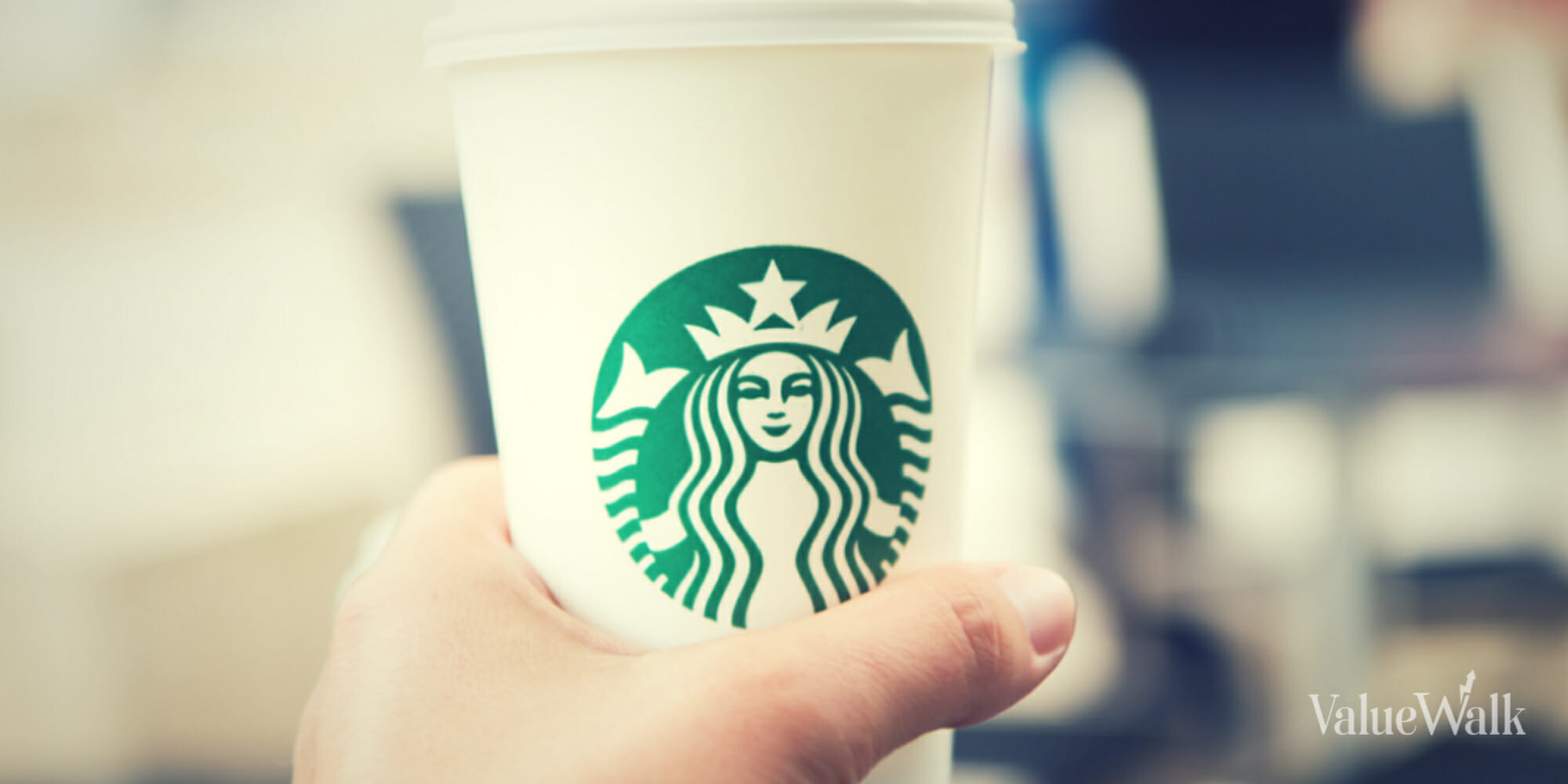Starbucks Corp (NASDAQ:SBUX) is the market leader in coffee retailing. The firm scaled its business model from its first store in Seattle and expanded across the United States and then internationally. Today, Starbucks is still popular with consumers and investors. At the right price and valuation, we view Starbucks as a long-term buy.
No other coffee stock has its marketing prowess and brand strength. We also think the dividend will continue to rise, but at a slower pace. However, investors may want to wait for a better entry point.
Overview of Starbucks
Starbucks was founded by Howard Schultz in 1971 in Seattle. From a tiny shop, it grew into the largest coffee shop chain in the world. Starbucks conducted an IPO in 1992. At the end of Q2 2023, Starbucks had ~37,222 stores. Approximately 16,144 stores were in the United States, and 6,480 in China. Starbucks owns about 51% of the stores, and 49% are licensed.
Starbucks sells coffee, coffee-based drinks, other drinks, pastries, breakfast food, and lunch at its retail and licensed stores. The company also sells coffee beans, ground coffee, and coffee-based drinks at grocery stores through a partnership with Nestlé. Starbucks, Teavana, Seattle’s Best Coffee, Evolution Fresh, Ethos, Starbucks Reserve, and Principi are the primary brands.
Total revenue was $30,232 million in 2022 and $33,077 million in the trailing twelve months.
Selected Data for Starbucks (NASDAQ)
|
Ticker |
SBUX |
|
Market Cap |
$109.36 billion |
|
Stock Price |
$95.48 |
|
Dividend (FWD) |
$2.12 |
|
Dividend Yield |
2.22% |
|
P/E Ratio (FWD) |
27.28X |
Source: Data from Portfolio Insight (as of August 26, 2023)
Starbucks’s Dividend and Dividend Safety
Starbucks started paying a growing dividend 13 years ago, making it a Dividend Contender. The company increased the payout at a rapid pace. The trailing five-year growth rate is around 13.8% CAGR, and the ten-year rate is even higher at ~18.7%. However, the higher payout ratio is causing the annual percentage increase to decline.
The forward dividend rate is $2.12 per share, resulting in a dividend yield of ~2.22% at the current share price. This value exceeds the 5-year average of 1.99% because of the decline in year-to-date stock price. But it is greater than the S&P 500 Index’s average yield.
Starbucks has acceptable dividend safety metrics from the perspective of earnings, free cash flow (FCF), and debt. However, investors should know that safety has declined in the past few years.
The forward earnings payout ratio is about 68%, a bit higher than our target value of 65%. An annual dividend rate of $2.12 and consensus earnings of $3.45 result in the percentage. Despite the greater than desired value, Starbucks should be able to pay the dividend because of consistent revenue and profit streams.
Moreover, the dividend is covered by FCF but could be better. In the last twelve months, FCF was roughly $2,983 million. The dividend required $2,387 million, resulting in a dividend-to-FCF ratio of around 80%. Our desired cutoff is 70%, so FCF must improve to meet our criterion.
Starbucks has increased its debt and leverage quickly since about 2018. At the end of Q2 2023, Starbucks held ~$3,620 million in cash, cash equivalents, and short-term investments on its balance sheet. In addition, the firm had $35 million in short-term, $1,836 million in current long-term debt, and $13,544 million in long-term debt. As a result, the leverage ratio is now 2.24X, and interest coverage has decreased to 9.5X. Although these values are not terrible, they are worse than in the past.
However, Starbucks has an acceptable BBB+/Baa1 lower-medium investment credit rating. The dividend quality grade is a ‘B+,” but primarily due to the weaker balance sheet than a few years ago.
Competitive Advantage and Risks
As the largest coffee retailer, Starbucks has several competitive advantages. Its size and scale give it cost and supply chain efficiencies. Smaller companies cannot easily replicate the firm’s buying power. Next, Starbucks has successfully shown that its business model can expand globally, allowing the firm to add stores. Lastly, Starbucks has a strong brand presence and marketing. The business is one of the top 100 global brands, according to Interbands. Because of the brand’s strength and higher quality coffee, Starbucks can sell its products at a higher price.
From the risk standpoint, Starbucks faces significant competition because the barriers to entry are nil. Next, coffee is a commodity, and prices can rise, leading to lower margins. Similarly, other inputs, like milk, half & half, paper products, and labor, are sensitive to inflationary pressures. Lastly, Starbucks’ products are discretionary. Customers can trade down to inexpensive brands during economic hardships.
Valuation
Starbucks is trading at an elevated valuation with a price-to-earnings (P/E) ratio greater than 27X. However, this value is in the middle of the 5-year and 10-year ranges because of past growth and expectations. That said, high inflation combined with a price-sensitive customer may mean the current valuation is too high.
Disclosure: Long SBUX.
Disclaimer: The author is not a licensed or registered investment adviser or broker/dealer. He is not providing you with individual investment advice. Please consult with a licensed investment professional before you invest your money.
Author Bio: Prakash Kolli is the founder of the Dividend Power site. He is a self-taught investor, analyst, and writer on dividend growth stocks and financial independence. His writings can be found on Seeking Alpha, InvestorPlace, Business Insider, Nasdaq, TalkMarkets, ValueWalk, The Money Show, Forbes, Yahoo Finance, and leading financial sites. In addition, he is part of the Portfolio Insight and Sure Dividend teams. He was in the top 1.0% and 100 (73 out of over 13,450) financial bloggers, as tracked by TipRanks (an independent analyst tracking site) for his articles on Seeking Alpha.





